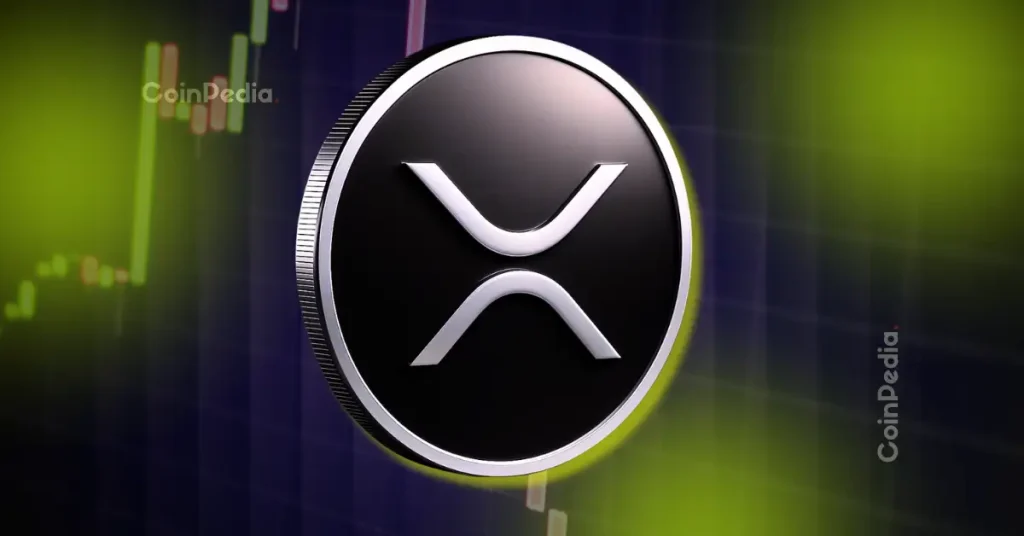The NZD/USD pair trades with mild gains near 0.5590 during the early Asian trading hours on Friday. However, the potential upside for the pair might be limited amid the prospect of the Reserve Bank of New Zealand (RBNZ) rate cut next week.
After a surprise cut by 50 basis points (bps) last month, the New Zealand central bank is expected to reduce its Official Cash Rate (OCR) by 25 bps to 2.25% at its November meeting next week. The RBNZ released its November 2025 Financial Stability Report earlier this month, noting that risks to financial stability remain heightened due to global uncertainty and underperformance in parts of the economy.
Westpac forecasts the RBNZ will cut the OCR to 2.25% on November 26 and revise its projected rate track downward. The dovish stance of the New Zealand central bank could weigh on the NZD against the USD in the near term.
The delayed US September jobs data came in stronger than expected, supporting the US Dollar (USD) against the New Zealand Dollar (NZD). The Bureau of Labor Statistics (BLS) reported on Thursday that the US economy added 119,000 jobs in September, significantly beating the forecast of 50,000. This was the biggest job gain in five months. Meanwhile, the Unemployment Rate increased to 4.4% in September from 4.3% in August.
The preliminary reading of the US S&P Global Purchasing Managers Index (PMI) and Michigan Consumer Sentiment Index report will be the highlights later on Friday. If the reports show a surprise downside outcome, this could drag the USD lower and cap the downside for the NZD/USD pair.
New Zealand Dollar FAQs
The New Zealand Dollar (NZD), also known as the Kiwi, is a well-known traded currency among investors. Its value is broadly determined by the health of the New Zealand economy and the country’s central bank policy. Still, there are some unique particularities that also can make NZD move. The performance of the Chinese economy tends to move the Kiwi because China is New Zealand’s biggest trading partner. Bad news for the Chinese economy likely means less New Zealand exports to the country, hitting the economy and thus its currency. Another factor moving NZD is dairy prices as the dairy industry is New Zealand’s main export. High dairy prices boost export income, contributing positively to the economy and thus to the NZD.
The Reserve Bank of New Zealand (RBNZ) aims to achieve and maintain an inflation rate between 1% and 3% over the medium term, with a focus to keep it near the 2% mid-point. To this end, the bank sets an appropriate level of interest rates. When inflation is too high, the RBNZ will increase interest rates to cool the economy, but the move will also make bond yields higher, increasing investors’ appeal to invest in the country and thus boosting NZD. On the contrary, lower interest rates tend to weaken NZD. The so-called rate differential, or how rates in New Zealand are or are expected to be compared to the ones set by the US Federal Reserve, can also play a key role in moving the NZD/USD pair.
Macroeconomic data releases in New Zealand are key to assess the state of the economy and can impact the New Zealand Dollar’s (NZD) valuation. A strong economy, based on high economic growth, low unemployment and high confidence is good for NZD. High economic growth attracts foreign investment and may encourage the Reserve Bank of New Zealand to increase interest rates, if this economic strength comes together with elevated inflation. Conversely, if economic data is weak, NZD is likely to depreciate.
The New Zealand Dollar (NZD) tends to strengthen during risk-on periods, or when investors perceive that broader market risks are low and are optimistic about growth. This tends to lead to a more favorable outlook for commodities and so-called ‘commodity currencies’ such as the Kiwi. Conversely, NZD tends to weaken at times of market turbulence or economic uncertainty as investors tend to sell higher-risk assets and flee to the more-stable safe havens.
Source: https://www.fxstreet.com/news/nzd-usd-rebounds-to-near-05600-rbnz-rate-cut-looms-202511210135


